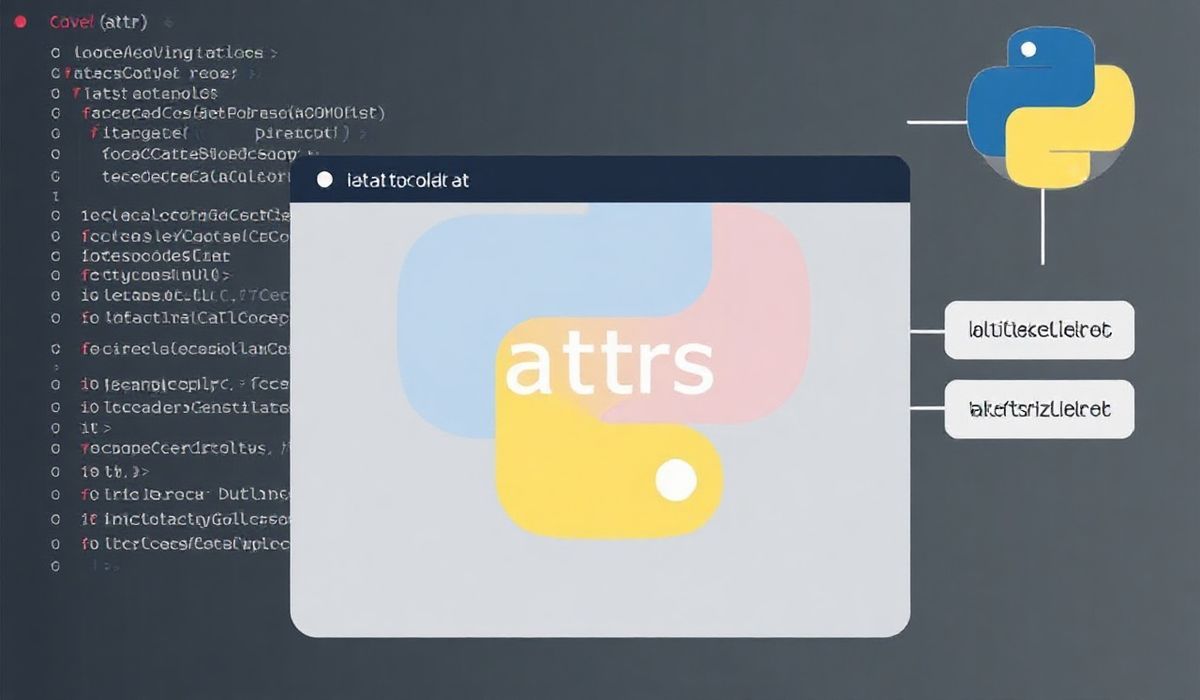Welcome to PennyLane: A Quantum Computing Framework
PennyLane is a Python library that enables the integration of quantum computing into machine learning workflows. Designed for interfacing with different quantum hardware and simulators, PennyLane provides a platform to create, optimize and study quantum circuits with ease. In this guide, we will explore various API functionalities that PennyLane offers, complete with code snippets and an example app.
1. Installation
Begin by installing PennyLane using pip:
pip install pennylane
2. Basic Usage
Here is how you can create a simple quantum circuit using PennyLane:
import pennylane as qml
from pennylane import numpy as np
dev = qml.device('default.qubit', wires=1)
@qml.qnode(dev)
def circuit():
qml.Hadamard(wires=0)
return qml.expval(qml.PauliZ(0))
print(circuit())
3. Quantum Machine Learning
PennyLane supports quantum machine learning. Below is an example of defining and training a simple quantum neural network:
def layer(W):
qml.Rot(W[0], W[1], W[2], wires=0)
qml.CNOT(wires=[0, 1])
qml.Rot(W[3], W[4], W[5], wires=1)
dev = qml.device('default.qubit', wires=2)
@qml.qnode(dev)
def circuit(weights):
for W in weights:
layer(W)
return qml.expval(qml.PauliZ(0))
weights = qml.numpy.random.random(size=(2, 6))
opt = qml.GradientDescentOptimizer(0.1)
def cost(weights):
return circuit(weights)
for i in range(100):
weights = opt.step(cost, weights)
print("Optimized weights:", weights)
4. Hybrid Quantum-Classical Optimization
PennyLane allows hybrid quantum-classical optimization workflows. Here’s an example:
def cost_fn(x):
return np.sin(x) + x**2
opt = qml.AdamOptimizer(stepsize=0.1)
init_params = np.array([0.1], requires_grad=True)
params = opt.step(cost_fn, init_params)
for i in range(100):
params = opt.step(cost_fn, params)
print("Optimized params:", params)
5. Example App: Quantum Circuit Optimization
Combining the examples above, we can create an app that optimizes a quantum circuit’s parameters:
import pennylane as qml
from pennylane import numpy as np
n_qubits = 2
dev = qml.device('default.qubit', wires=n_qubits)
def circuit(weights):
for i in range(n_qubits):
qml.RX(weights[i, 0], wires=i)
qml.RY(weights[i, 1], wires=i)
qml.RZ(weights[i, 2], wires=i)
@qml.qnode(dev)
def cost(weights):
circuit(weights)
return qml.expval(qml.PauliZ(0))
weights = qml.numpy.random.random(size=(n_qubits, 3))
opt = qml.AdamOptimizer(0.1)
for _ in range(100):
weights = opt.step(cost, weights)
print("Optimized weights:", weights)
With these examples, you should be able to get started on your own quantum computing projects using PennyLane. Happy coding!
Hash: f3243eb437ca83971c4b1786759ed9c890b9877df3bf6414ae9b019e303d846d



